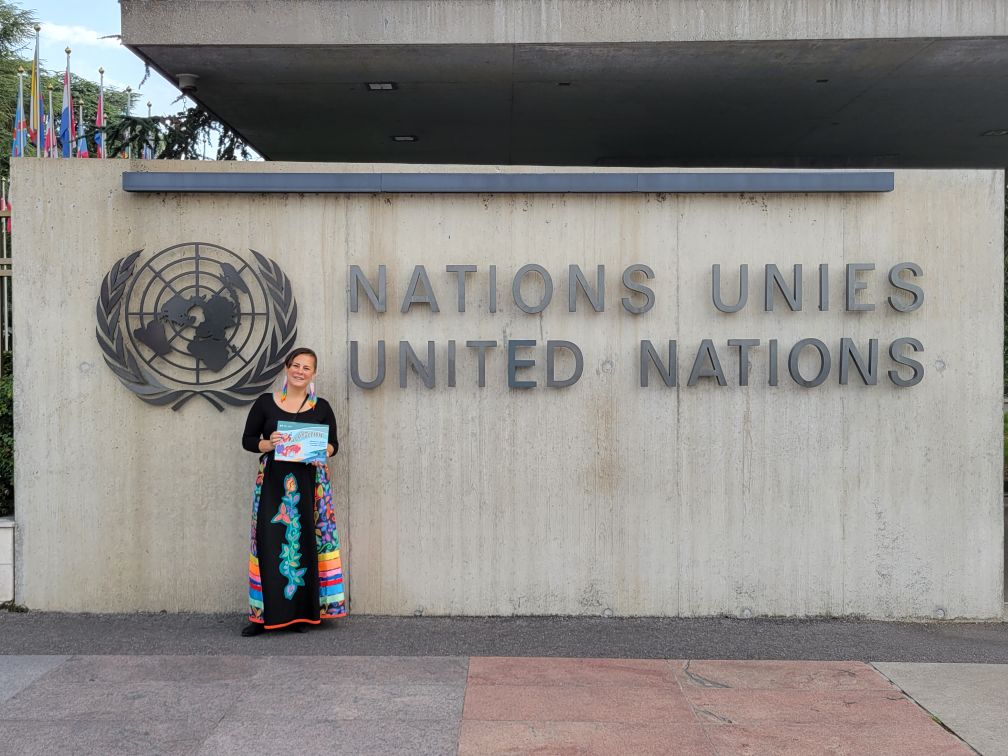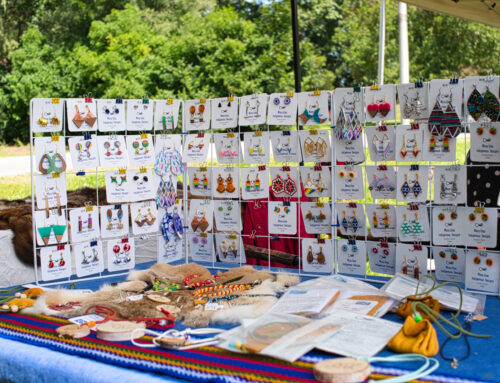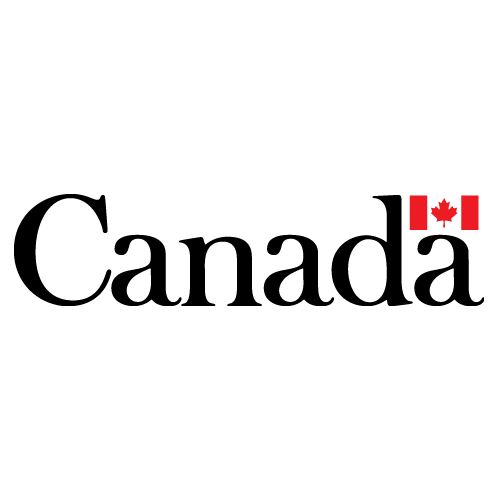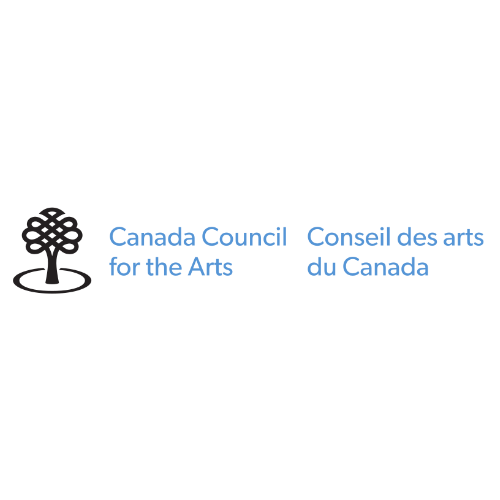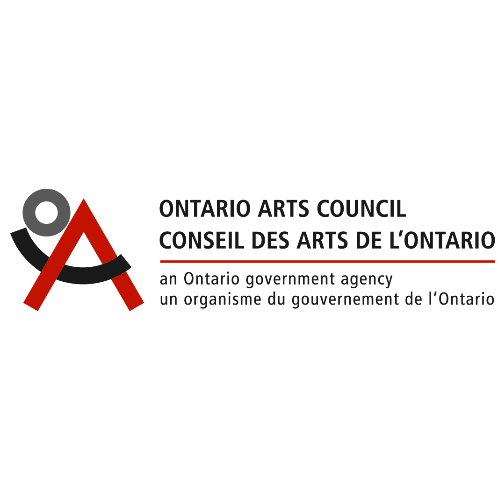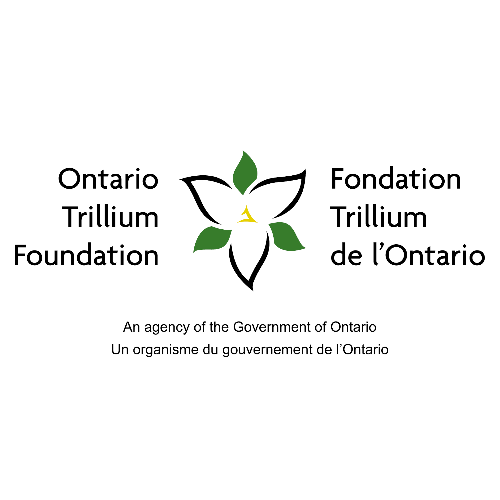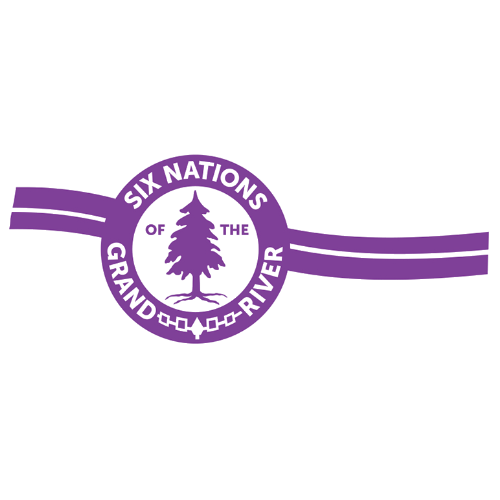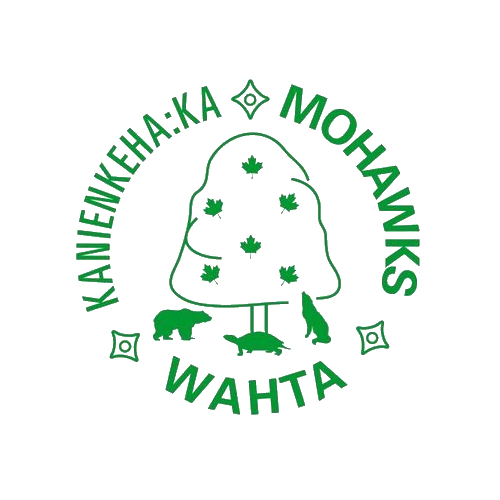A Reflection on the History of the Implementation of the United Nations Declaration on the Rights of Indigenous Peoples (UNDRIP)
This July 1st, the Woodland Cultural Centre invites all Canadians to reflect on the history of the implementation of the United Nations Declaration on the Rights of Indigenous Peoples (UNDRIP) into the social, political, and legal fabric of the nation.
The origins of UNDRIP can be traced to the work of Deskaheh (Levi General, a Cayuga Chief from Six Nations) at the League of Nations in 1923. In 2007, UNDRIP was passed after many years of lobbying by global Indigenous peoples with 144 states in favour, 11 abstentions, and 4 opposed. Those in opposition were Canada, Australia, New Zealand, and the United States. Canada finally removed its objections in 2016, in line with Call to Action 44 of the Truth and Reconciliation Commission Report.
On June 21, 2021, the United Nations Declaration on the Rights of Indigenous Peoples Act (UNDA) received royal assent. This law requires the Government of Canada, through the Department of Justice, to review all federal laws and report back on their compliance with UNDRIP and develop a plan for application into federal policies and procedures. On June 21, 2023, the UNDA Action Plan was released by the Department of Justice. For those working in the Arts, Culture, and Heritage sector, there are significant findings in line with Article 31 of the UNDRIP (including 4,5, 34,35, 91, 92, 93, 94, 95, 96, 98, 101, 100, 105, 106 and 110).
Provincially, UNDRIP has been adopted by British Columbia (2019) and the Northwest Territories (2023). Last year, in the R v White and Montour case in the Quebec Supreme Court, the Court referenced UNDRIP and UNDA as reason to revisit s. 35 of the Canadian Constitution which addresses Indigenous Rights.
The Court acknowledged that the present s. 35 Aboriginal rights test does not align with UNDRIP, nor does the test align with UNDA’s intent to make Canada’s laws consistent with UNDRIP. This decision will probably be appealed at the Supreme Court of Canada, but it does have the potential to set a new federal precedent in interpreting Indigenous Rights under the Canadian Constitution.
Socially at the Woodland Cultural Centre, we are seeing more private businesses and schools including education around TRC and adding Indigenous laws and governance into their training and lesson plans. We’ve also been excited and grateful to see an increase in donations and visitors to the site, providing more opportunities to support Indigenous peoples’ rights to share, promote and protect our heritage, arts, and culture.
We at Woodland would like to invite you to read the UNDA report available here:
We also invite you to read the Canadian Constitution (section 35) available here:
Additionally, we welcome you to join us this October for our 1924 exhibition to learn more about the work of Deskaheh (Levi General) at the League of Nations and the origins of UNDRIP.
Niá:wen/Nya:węh/Thank You
Heather George
Executive Director


